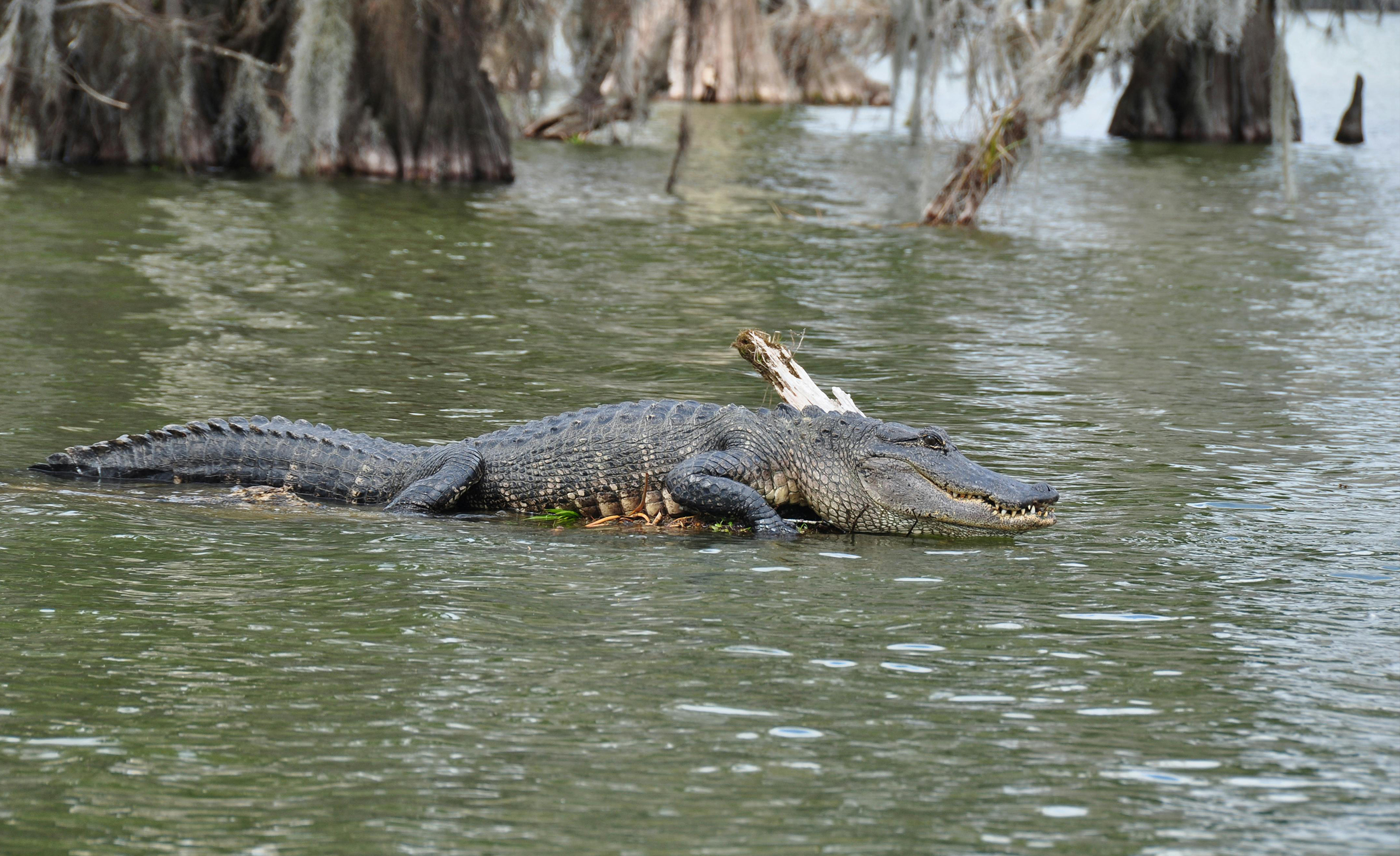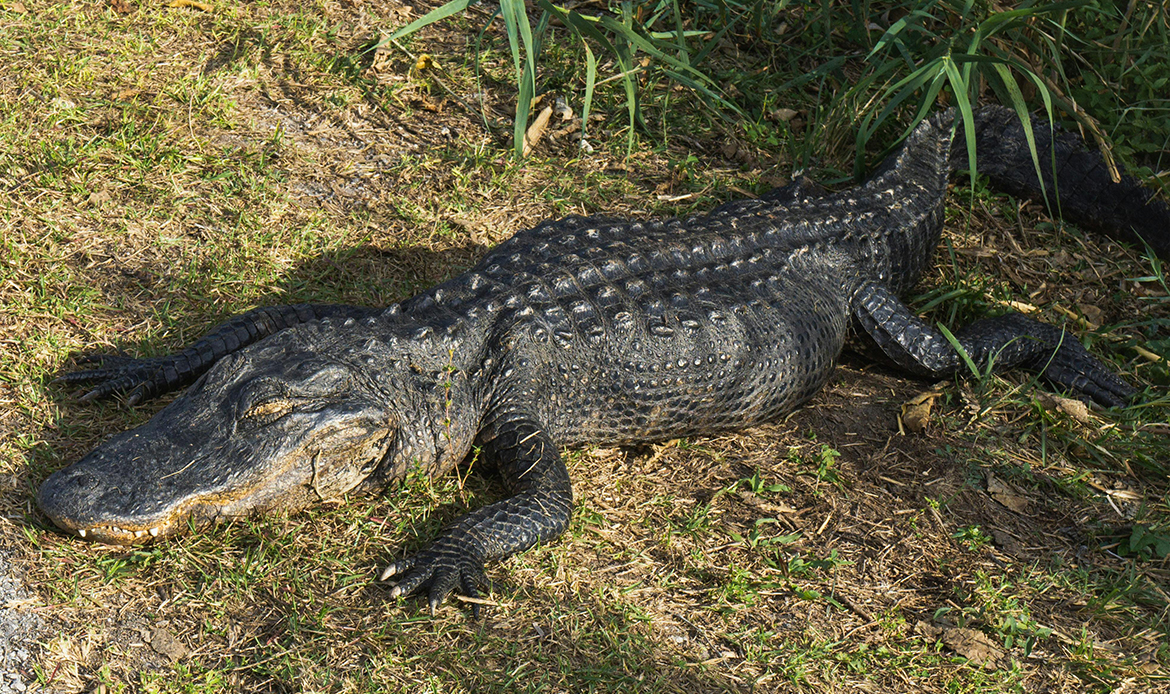
Swamp Giants: The American Alligator’s Story of Survival
The American Alligator, a fascinating creature, has been captivating scientists, naturalists, and the general public for centuries. This ancient reptile, often dubbed a “living fossil,” has survived millions of years, weathering dramatic environmental changes and numerous threats to its existence. The story of the American Alligator is not just one of survival but also of adaptation and resilience, making it an icon of the American wilderness.
Table of Contents
Ancient Origins and Evolution
The American Alligator (Alligator mississippiensis) dates back to the time of the dinosaurs, over 200 million years ago. Its ancestors roamed the Earth alongside the fearsome Tyrannosaurus rex and the massive Diplodocus. Despite the mass extinction that wiped out the dinosaurs, the American Alligator’s ancestors managed to survive, thanks to their adaptable nature and ability to thrive in aquatic environments.
Over millions of years, the American Alligator evolved, developing characteristics that helped it become the formidable predator it is today. Its powerful jaws, armored body, and incredible strength make it a top predator in its habitat. However, the true testament to the American Alligator’s survival is its remarkable adaptability.
Habitat and Distribution
The American Alligator is primarily found in the southeastern United States, with the largest populations in Florida and Louisiana. These reptiles inhabit freshwater environments such as swamps, marshes, rivers, and lakes. The American Alligator’s ability to live in a variety of aquatic habitats has been crucial to its survival, allowing it to thrive in areas where other species might struggle.
Adaptations and Survival Strategies
One of the most remarkable aspects of the American Alligator is its ability to adapt to changing environments. During the colder months, American Alligators enter a state of brumation, a form of hibernation that allows them to survive in freezing temperatures. They can also regulate their body temperature by basking in the sun or cooling off in the water, showcasing their exceptional adaptability.
In terms of diet, the American Alligator is an opportunistic feeder. It preys on fish, birds, mammals, and even other reptiles. Its powerful jaws can crush turtles’ shells and seize prey with incredible force. This varied diet has helped the American Alligator survive in environments where food sources can be unpredictable.
Reproduction and Lifespan
The American Alligator’s reproductive strategy is another factor in its survival. Females build nests using vegetation and mud, which helps regulate the temperature of the eggs. Interestingly, the temperature of the nest determines the sex of the hatchlings, with warmer temperatures producing males and cooler temperatures producing females. This unique adaptation helps ensure a balanced sex ratio within the population.
American Alligators have a relatively long lifespan, with some individuals living up to 50 years in the wild. This longevity gives them ample time to reproduce and contribute to the population’s stability.

Conservation Success Story
Despite its resilience, the American Alligator faced significant threats in the 20th century. Overhunting and habitat destruction led to a dramatic decline in their numbers, landing them on the endangered species list in 1967. However, thanks to concerted conservation efforts, the American Alligator made a remarkable comeback. Strict hunting regulations, habitat protection, and captive breeding programs played a crucial role in their recovery.
By 1987, the American Alligator was removed from the endangered species list, becoming one of the first animals to achieve such a significant recovery. Today, their populations are stable, and they are classified as a species of “Least Concern” by the International Union for Conservation of Nature (IUCN).
Role in the Ecosystem
The American Alligator plays a vital role in maintaining the balance of its ecosystem. As apex predators, they help control the populations of various prey species, preventing overpopulation and ensuring a healthy environment. Additionally, the American Alligator’s nesting activities create important habitats for other wildlife. The nests and burrows they build provide shelter for fish, birds, and other reptiles, contributing to the overall biodiversity of their habitats.
Human Interaction and Coexistence
While the American Alligator’s story of survival is impressive, it is not without its challenges, especially when it comes to human interaction. As urban development continues to encroach on their habitats, conflicts between alligators and humans have increased. It is essential to promote coexistence and educate the public about the importance of conserving these magnificent creatures.
Conservation organizations and wildlife agencies work tirelessly to mitigate these conflicts and ensure the American Alligator’s continued survival. Public education campaigns, habitat restoration projects, and responsible wildlife management practices are crucial in fostering a harmonious relationship between humans and alligators.
Conclusion
The American Alligator’s story of survival is a testament to its resilience, adaptability, and significance in the natural world. From its ancient origins to its remarkable recovery from the brink of extinction, the American Alligator continues to inspire awe and admiration. By understanding and appreciating the importance of these swamp giants, we can ensure their continued existence for generations to come.
In a world where many species face the threat of extinction, the American Alligator serves as a beacon of hope and a reminder of the power of conservation efforts. Let us celebrate the survival and success of the American Alligator, a true symbol of the wild and a testament to nature’s incredible ability to endure.
